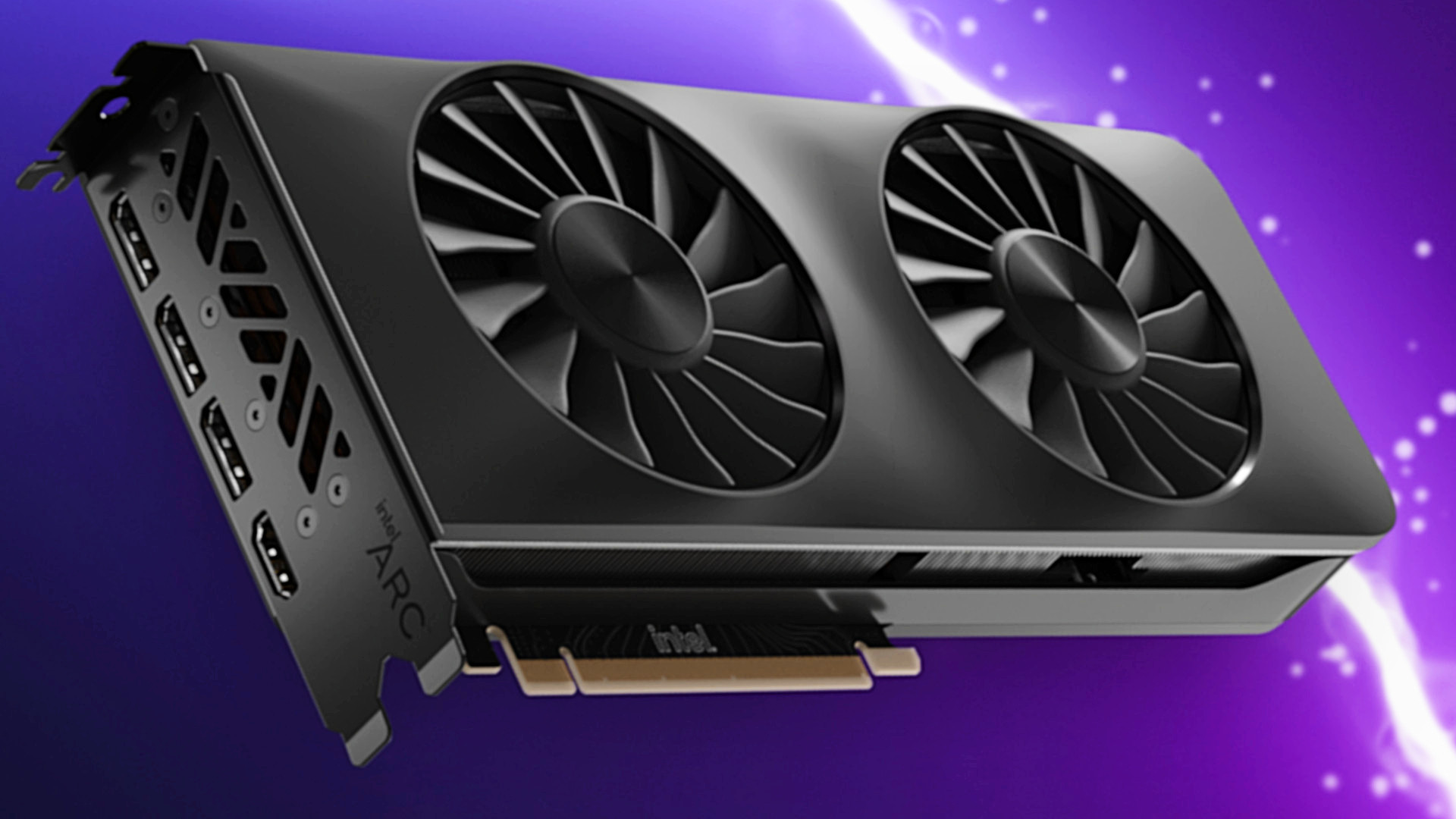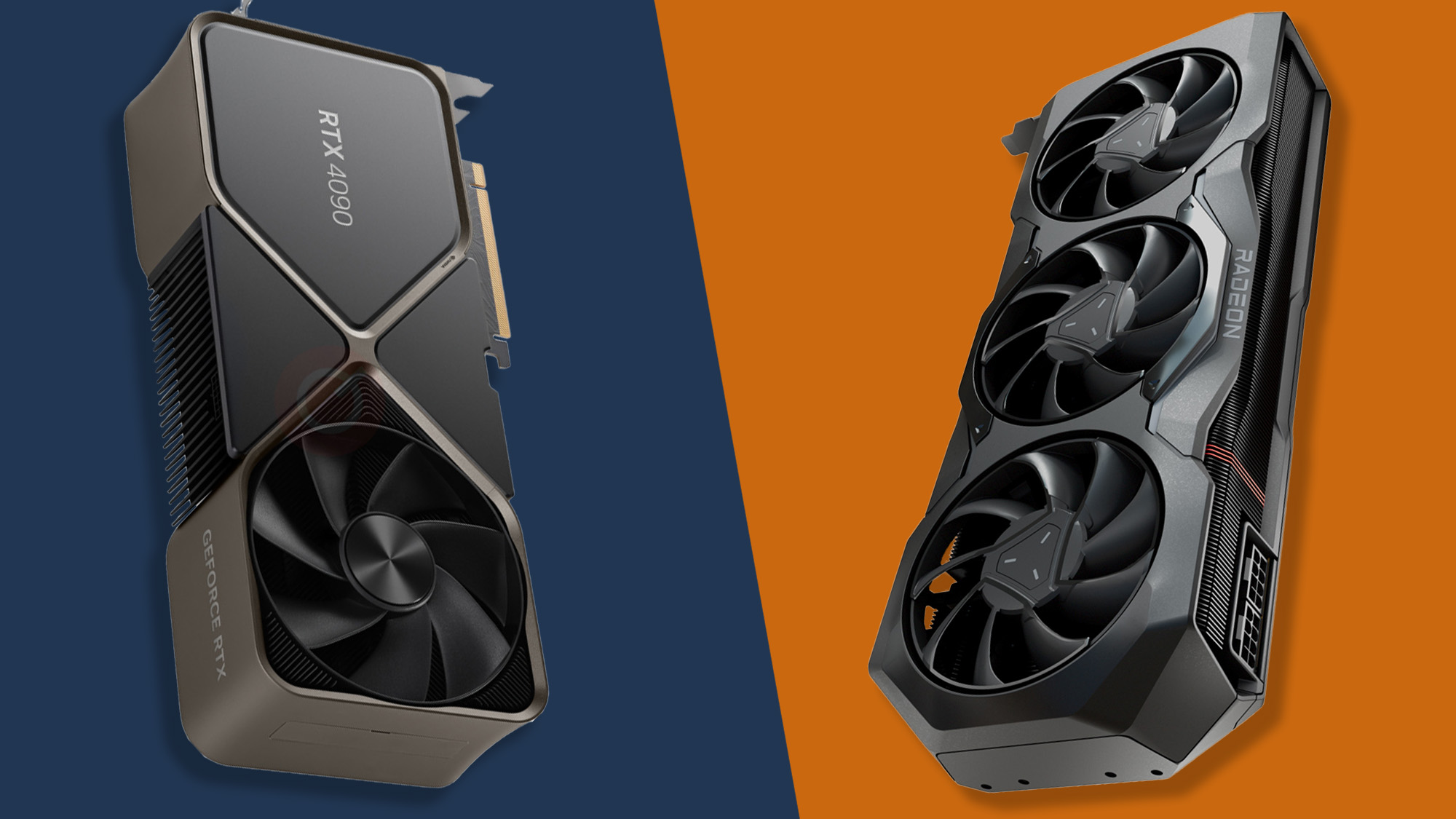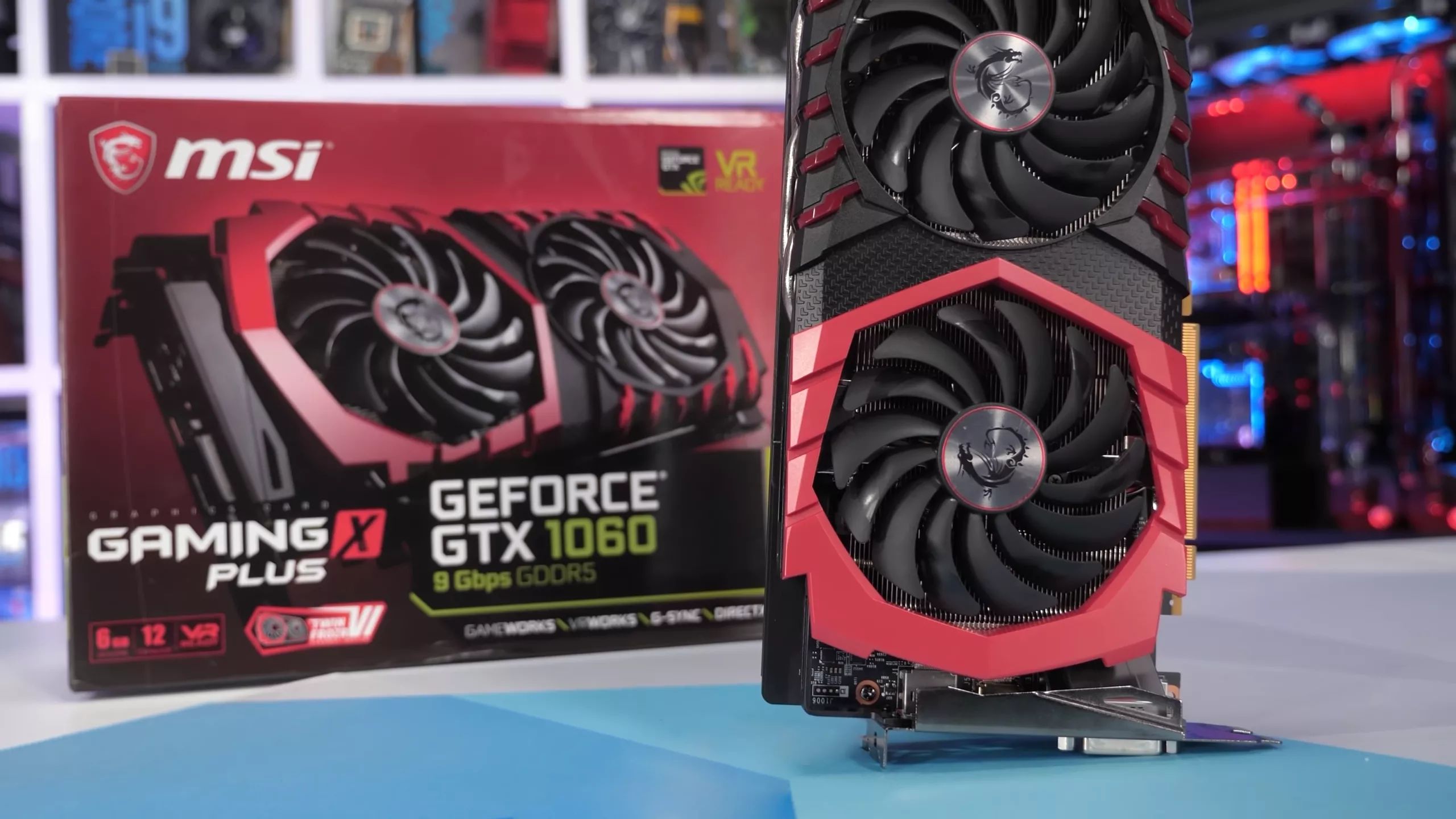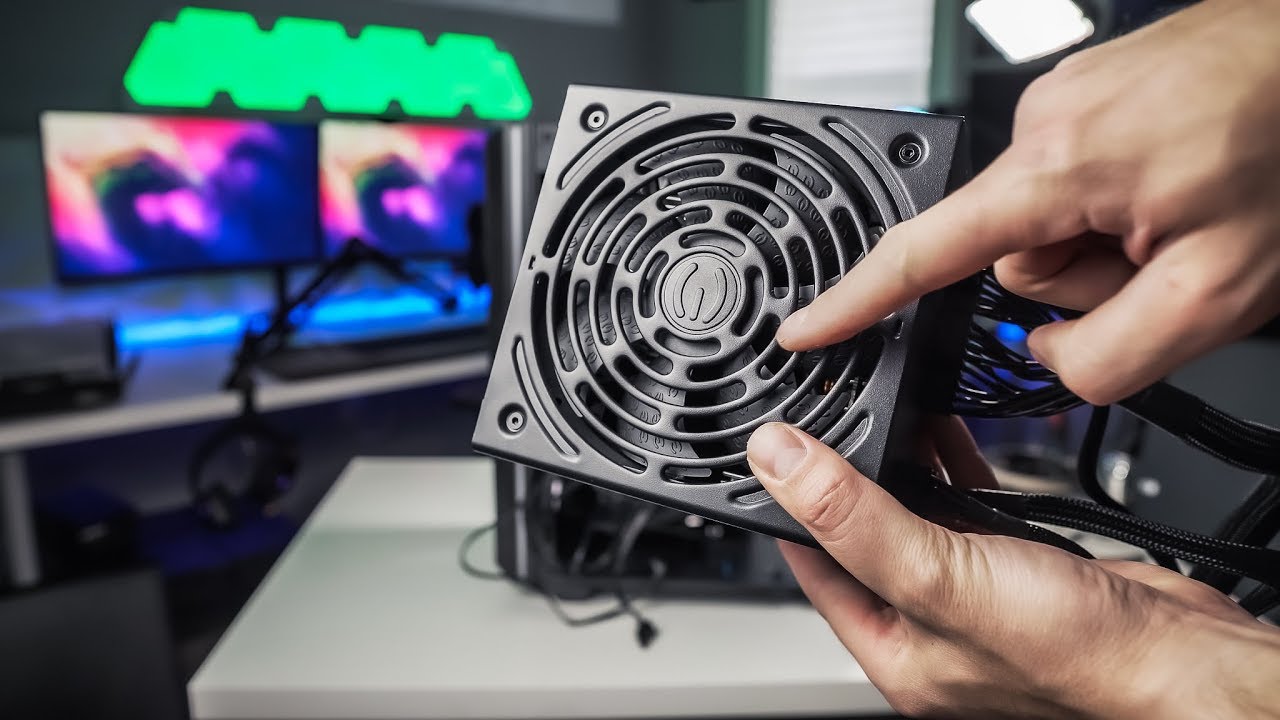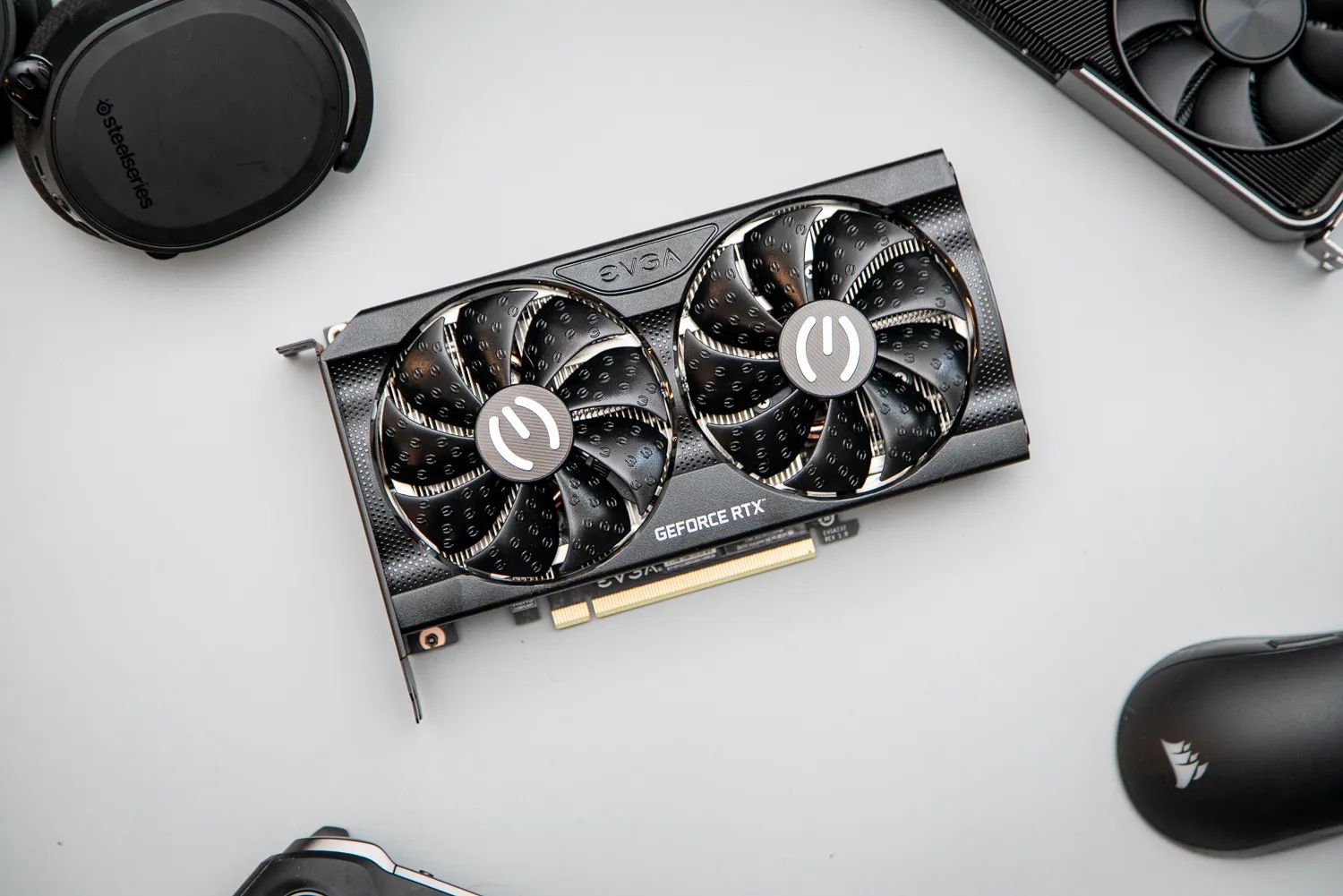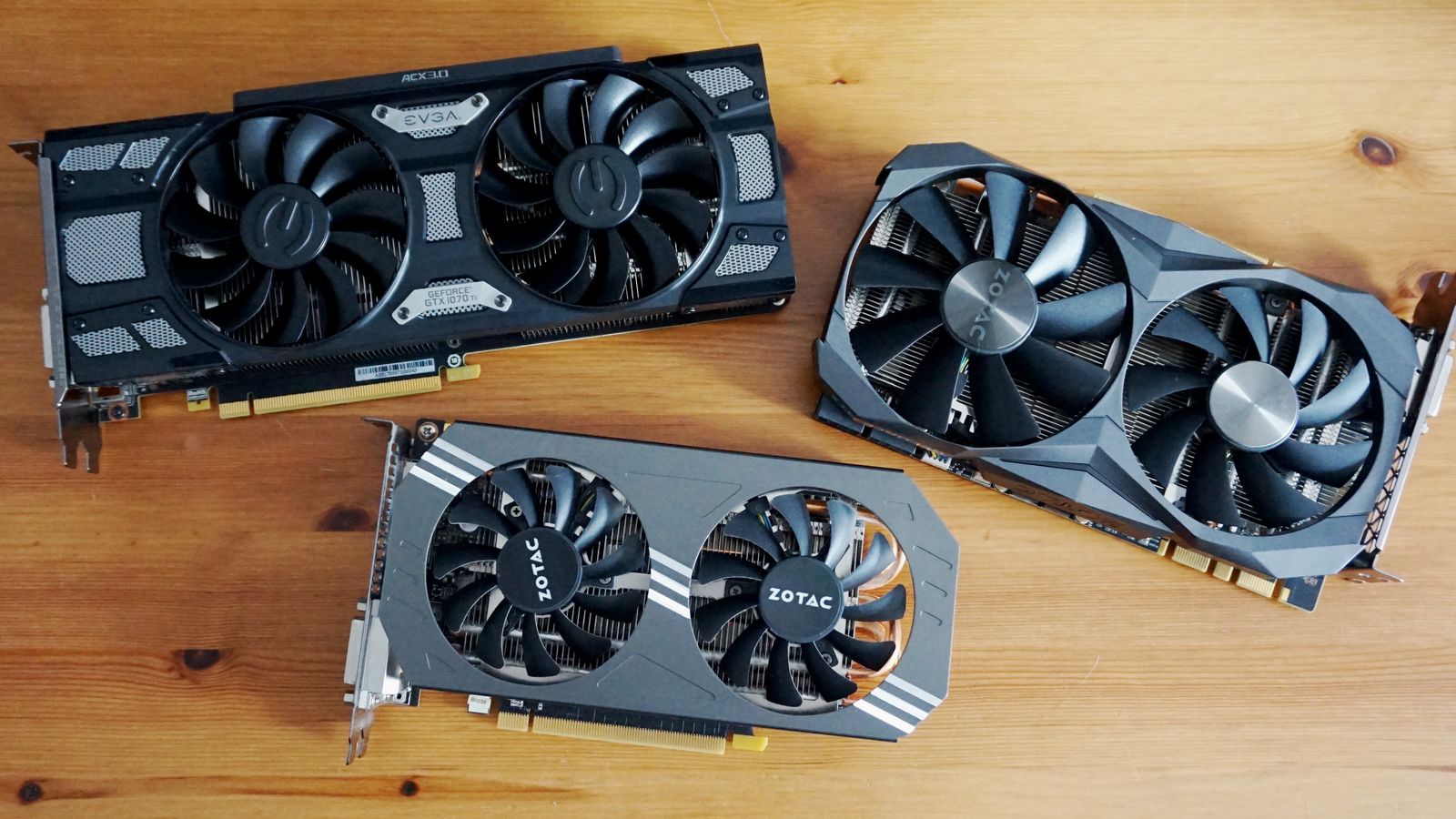Introduction
Welcome to this comprehensive guide on Dx9 graphics cards! In the fast-paced digital world of today, graphics cards play a crucial role in enhancing the visual performance of our computers. Whether you are a gamer, a graphic designer, or simply someone who wants smooth video playback, having a powerful graphics card is essential.
In this article, we will delve into the world of Dx9 graphics cards. But what exactly is a Dx9 graphics card? Before we dive into the details, it is important to understand that Dx9 refers to DirectX 9, which is a collection of application programming interfaces (APIs) used by Microsoft for handling multimedia and gaming tasks on Windows-based systems.
A Dx9 graphics card is a type of graphics card that supports DirectX 9 technology. This means that it is capable of rendering high-quality graphics and providing immersive gaming experiences. Whether you are a casual gamer or a professional in the creative industry, a Dx9 graphics card can significantly enhance your computing experience.
Now that we know what a Dx9 graphics card is, let us explore its features in more detail. From improved graphics rendering to advanced shading capabilities, Dx9 graphics cards bring a host of benefits to the table. However, it is important to keep in mind that there are some limitations to be aware of as well. In the following sections, we will discuss these features and limitations, as well as how Dx9 graphics cards compare to other types of graphics cards in the market.
What is a Dx9 Graphics Card?
A Dx9 graphics card, as mentioned earlier, is a graphics card that supports DirectX 9 technology. DirectX 9 is an API set developed by Microsoft, specifically designed for multimedia and gaming applications. It provides programmers with a standardized set of tools and functions to create visually stunning and immersive experiences on Windows-based systems.
A Dx9 graphics card is designed to take full advantage of the capabilities offered by DirectX 9. It is equipped with hardware and software components that enable it to render high-quality graphics, handle complex shading and lighting effects, and provide smooth gameplay. These graphics cards are compatible with a wide range of applications and games that utilize the DirectX 9 framework.
One of the key features of a Dx9 graphics card is its ability to handle advanced pixel and vertex processing. This allows for more realistic and detailed rendering of images, textures, and 3D models. Dx9 graphics cards also support advanced shader models, which enable developers to create complex visual effects such as dynamic lighting, realistic shadows, and realistic reflections.
Another important feature of Dx9 graphics cards is their support for anti-aliasing and anisotropic filtering. Anti-aliasing smooths out jagged edges in graphics, resulting in a more visually pleasing image. Anisotropic filtering improves the clarity and sharpness of textures, enhancing the overall visual quality.
Moreover, Dx9 graphics cards offer support for multiple monitors, allowing users to extend their desktop across multiple displays or create immersive gaming setups with panoramic views. This feature is particularly valuable for professionals who require a larger workspace for tasks such as video editing, 3D modeling, or multitasking across multiple applications.
It is worth noting that while Dx9 graphics cards were once the pinnacle of graphics technology, they have been succeeded by newer versions of DirectX, such as DirectX 11 and DirectX 12. These newer versions bring additional features, improved performance, and better compatibility with the latest games and applications. However, Dx9 graphics cards still have their place in the market, especially for legacy systems or applications that require Dx9 compatibility.
Features of Dx9 Graphics Card
Dx9 graphics cards come with a range of features that make them a popular choice among gamers, professionals, and enthusiasts alike. These features are designed to enhance the visual quality, performance, and usability of graphics-intensive applications. Let’s explore some of the key features of Dx9 graphics cards:
- High-Quality Graphics: Dx9 graphics cards are capable of rendering high-quality graphics, allowing for detailed textures, realistic lighting effects, and smooth animations. Whether you are playing the latest games or working with graphic-intensive applications, a Dx9 graphics card ensures a visually stunning experience.
- Advanced Shader Models: Dx9 graphics cards support advanced shader models, enabling developers to create complex visual effects. With the ability to handle pixel and vertex processing, Dx9 graphics cards bring realism to scenes with dynamic lighting, shadows, and reflections.
- Anti-Aliasing and Anisotropic Filtering: Dx9 graphics cards offer support for anti-aliasing and anisotropic filtering. Anti-aliasing smooths out jagged edges, resulting in more visually pleasing graphics. Anisotropic filtering improves the clarity of textures, providing sharp and detailed visuals.
- Multiple Monitor Support: Dx9 graphics cards allow users to connect and use multiple monitors. This feature is beneficial for professionals who need a larger workspace for multitasking or gamers who want an immersive gaming experience with panoramic views.
- Compatibility: Dx9 graphics cards are compatible with a wide range of applications and games that utilize DirectX 9. Whether you are using legacy software or newer applications, a Dx9 graphics card ensures compatibility and optimal performance.
- Affordability: Compared to newer graphics cards that support the latest DirectX versions, Dx9 graphics cards are available at a more affordable price point. This makes them a cost-effective option for budget-conscious users or those who have specific requirements for Dx9 compatibility.
These features combine to provide an enhanced visual experience, improved performance, and increased versatility for users of Dx9 graphics cards. Whether you are a gamer, a designer, or a professional in need of graphic-intensive applications, Dx9 graphics cards offer a range of features that cater to your specific needs.
Benefits of Using a Dx9 Graphics Card
Using a Dx9 graphics card comes with several notable benefits that enhance the overall visual experience and performance of your computer system. Let’s explore some of the key benefits of using a Dx9 graphics card:
- Improved Visual Quality: A Dx9 graphics card is capable of rendering high-quality graphics with realistic details, vibrant colors, and smooth animations. Whether you are playing games, watching videos, or working with graphic-intensive applications, a Dx9 graphics card ensures a visually stunning experience.
- Enhanced Gaming Experience: Gaming enthusiasts can enjoy a more immersive and enjoyable gaming experience with a Dx9 graphics card. With advanced shader models and support for realistic lighting effects, shadows, and reflections, Dx9 graphics cards bring games to life and make them more visually appealing.
- Smooth Video Playback: Dx9 graphics cards provide smooth video playback, ensuring that you can enjoy high-definition movies, streaming content, and online videos without any stuttering or frame rate issues. The powerful rendering capabilities of Dx9 graphics cards ensure a seamless video viewing experience.
- Multi-Monitor Support: If you require a larger workspace or want to create an immersive gaming setup, Dx9 graphics cards offer support for multiple monitors. Whether you are a professional needing extra screen real estate for multitasking or a gamer aiming for a panoramic view, a Dx9 graphics card allows you to connect and use multiple displays simultaneously.
- Compatibility: Dx9 graphics cards are compatible with a wide range of applications and games that utilize DirectX 9. Whether you are using legacy software or newer applications, a Dx9 graphics card ensures compatibility and optimal performance. This makes Dx9 graphics cards a reliable choice for users with specific requirements for Dx9 compatibility.
- Cost-Effective Solution: Dx9 graphics cards are generally available at a more affordable price point compared to newer graphics cards that support the latest DirectX versions. This makes them a cost-effective option for users who are on a budget or have specific needs for Dx9 compatibility.
These benefits make using a Dx9 graphics card a great choice for enthusiasts, gamers, and professionals who desire enhanced visual quality, smoother performance, multi-monitor support, and compatibility with a wide range of applications and games.
Limitations of a Dx9 Graphics Card
While Dx9 graphics cards offer numerous advantages, it is important to be aware of their limitations. Understanding these limitations will help you make informed decisions regarding your graphics card needs. Here are some of the key limitations of Dx9 graphics cards:
- Outdated Technology: Dx9 graphics cards are based on DirectX 9, which is an older version of the DirectX API. As newer versions of DirectX have been released, Dx9 technology has become outdated in terms of features, performance, and compatibility with the latest games and applications.
- Limited Graphics Capabilities: Dx9 graphics cards have limited capabilities compared to newer graphics cards. They may not support advanced features like DirectX 11 or 12, which offer improved visual effects and performance optimizations. This can limit the visual quality and realism in modern games and applications.
- Hardware Compatibility: Some older Dx9 graphics cards may not be compatible with newer computer systems due to differences in hardware interfaces and requirements. This can pose compatibility issues when upgrading or building a new computer system.
- Limited Memory Bandwidth: Dx9 graphics cards generally have limited memory bandwidth compared to their newer counterparts. This can impact the performance of graphics-intensive tasks, resulting in lower frame rates, visual artifacts, or reduced image quality in demanding applications or games.
- Limited Support and Updates: As Dx9 technology becomes outdated, manufacturers may reduce or discontinue support and updates for Dx9 graphics cards. This can result in limited driver updates, bug fixes, and optimizations, potentially impacting the stability and performance of the graphics card.
- Compatibility Issues: While Dx9 graphics cards are designed to be compatible with DirectX 9 applications and games, there may still be compatibility issues with certain software, especially newer releases that require more advanced DirectX versions. This can result in errors, crashes, or degraded performance.
It’s important to evaluate these limitations against your specific requirements and the demands of the applications or games you intend to use. If you prioritize compatibility, cost-effectiveness, or have specific needs for Dx9 compatibility, Dx9 graphics cards can still offer a viable solution. However, if you require the latest features, enhanced performance, and compatibility with the newest software releases, it may be worth considering upgrading to a more modern graphics card.
Comparison with Other Graphics Cards
When choosing a graphics card, it’s important to consider how Dx9 graphics cards compare to other types of graphics cards available in the market. While Dx9 graphics cards have their own advantages and limitations, it’s crucial to evaluate them in the context of newer technologies and advancements. Let’s compare Dx9 graphics cards with other graphics cards:
- Dx11 and Dx12 Graphics Cards: Dx9 graphics cards are based on DirectX 9, which has been succeeded by newer versions like DirectX 11 and DirectX 12. Dx11 and Dx12 graphics cards offer improved features, enhanced performance, and better compatibility with modern games and applications. They support advanced graphics rendering techniques, higher-quality textures, and more efficient shader models compared to Dx9 graphics cards.
- Performance: When it comes to performance, Dx9 graphics cards may struggle to keep up with the demands of newer games and applications. Dx11 and Dx12 graphics cards offer better performance optimizations and take advantage of more powerful hardware components, resulting in smoother gameplay, faster rendering, and improved overall performance.
- Compatibility: While Dx9 graphics cards excel in compatibility with DirectX 9 applications and games, they may face limitations with newer releases that require more advanced versions of DirectX. Dx11 and Dx12 graphics cards offer broader compatibility, ensuring smooth operation with the latest software releases and providing access to the latest features offered by DirectX.
- Visual Quality: Dx9 graphics cards provide decent visual quality, but they may not match the level of realism and detail offered by Dx11 and Dx12 graphics cards. The advanced shader models, improved lighting effects, and enhanced rendering capabilities of Dx11 and Dx12 graphics cards contribute to a more immersive and visually impressive experience.
- Price: Dx9 graphics cards are generally more affordable compared to Dx11 and Dx12 graphics cards. This makes them an attractive option for budget-conscious users or those who prioritize Dx9 compatibility. However, it’s important to consider the value for money in terms of performance and future-proofing when making a purchasing decision.
While Dx9 graphics cards still have their place for specific use cases, it’s worth considering the advancements in newer graphics card technologies. Dx11 and Dx12 graphics cards offer improved performance, enhanced visual quality, broader compatibility, and access to the latest features. However, it’s crucial to carefully assess your specific needs, budget, and compatibility requirements before making a decision on which type of graphics card is best suited for your purpose.
How to Determine if Your Graphics Card is Dx9 Compatible
If you are unsure whether your graphics card is Dx9 compatible, there are a few methods you can use to determine its compatibility. Here’s how you can find out if your graphics card supports Dx9:
- Check Manufacturer Documentation: Start by checking the manufacturer’s documentation or specifications of your graphics card. Look for any mention of DirectX compatibility, specifically DirectX 9. If the documentation states that the graphics card supports DirectX 9 or higher, it is Dx9 compatible.
- Use Dxdiag Utility: If you are using a Windows operating system, you can utilize the built-in Dxdiag utility to check the DirectX version that your graphics card supports. To do this, press “Windows Key + R” to open the Run dialog box, then type “dxdiag” and hit Enter. This will open the DirectX Diagnostic Tool. In the System tab, you can find the DirectX version listed under the DirectX Version section. If it shows DirectX 9 or higher, your graphics card is Dx9 compatible.
- Visit Manufacturer’s Website: Visit the official website of your graphics card manufacturer and look for the support or product page. Search for your specific model and check the specifications or product details for any mention of DirectX compatibility. Manufacturers commonly provide detailed information about the DirectX versions supported by their graphics cards.
- Consult Technical Support: If you are still unsure about the Dx9 compatibility of your graphics card, you can contact the manufacturer’s technical support for assistance. They will be able to provide you with accurate information regarding your graphics card’s DirectX compatibility.
By following these methods, you can determine whether your graphics card is Dx9 compatible. It’s important to note that even if your graphics card is Dx9 compatible, it doesn’t guarantee compatibility with the latest games or applications that require higher versions of DirectX. You may still experience limitations in terms of performance and visual quality compared to newer graphics cards that support advanced DirectX versions. Therefore, it’s crucial to consider your specific requirements and the demands of the software you intend to use when determining the compatibility of your graphics card.
Upgrading to a Dx9 Graphics Card
If you have determined that your current graphics card is not Dx9 compatible or you feel the need to upgrade to a Dx9 graphics card, here are some steps you can follow:
- Research and Compatibility: Before purchasing a Dx9 graphics card, research various models and brands to find the one that best suits your needs and budget. Consider factors such as performance, features, and compatibility with your system. Check that your computer’s power supply has enough wattage to support the new graphics card.
- Assess Your System Requirements: Take stock of your existing hardware and software to ensure that upgrading your graphics card to Dx9 compatibility will integrate smoothly with your current setup. Consider factors such as motherboard compatibility, available expansion slots, and operating system support.
- Prepare Your System: Before installing the new graphics card, uninstall the drivers of your current graphics card. This can typically be done through the Control Panel or using specialized driver uninstallation software. Additionally, make sure your system is powered off and disconnect the power cable from the computer to avoid any electrical damage.
- Install the New Graphics Card: Open your computer case and locate the PCIe slot for installing the graphics card. Carefully insert the new graphics card into the slot, ensuring that it is securely seated. Connect the necessary power cables from your power supply to the graphics card, if required. Close the computer case and reconnect the power cable.
- Install Latest Drivers: Once the new graphics card is physically installed, boot up your computer and download the latest drivers from the manufacturer’s website. These drivers are necessary for optimal performance and compatibility with DirectX 9. Follow the installation instructions provided by the manufacturer to install the drivers on your system.
- Test and Optimize: After installing the graphics card and drivers, test it by running some graphics-intensive applications or games that utilize DirectX 9. Monitor the performance and ensure that everything is running smoothly. If needed, adjust the graphics settings in these applications to optimize the performance of your Dx9 graphics card.
By following these steps, you can successfully upgrade to a Dx9 graphics card and enjoy the benefits of improved graphics rendering, enhanced visual quality, and compatibility with DirectX 9 applications and games. Remember to always refer to the manufacturer’s guidelines and instructions specific to your graphics card model for the most accurate and up-to-date information on installation and usage.
Conclusion
In conclusion, Dx9 graphics cards offer a range of features and benefits that make them a valuable option for various users. They are capable of delivering high-quality graphics, enhancing the gaming experience, and providing smooth video playback. Dx9 graphics cards also offer support for multiple monitors and ensure compatibility with a wide range of applications and games that utilize DirectX 9.
However, it is important to acknowledge the limitations of Dx9 graphics cards. They are based on an older version of DirectX and may not have the advanced features, performance optimizations, and compatibility with the latest games and applications that newer graphics cards offer. Dx9 graphics cards also have limited memory bandwidth and may face compatibility issues with certain software releases.
When considering a Dx9 graphics card, it is essential to assess your specific needs, compatibility requirements, and budget. If you prioritize Dx9 compatibility, cost-effectiveness, or have specific applications that rely on DirectX 9, a Dx9 graphics card can be a suitable choice.
However, if you require the latest features, improved performance, and broad compatibility with newer software releases, it may be worth considering upgrading to a more modern graphics card that supports DirectX 11 or DirectX 12.
Overall, Dx9 graphics cards have played a significant role in the evolution of graphics technology and have provided users with enjoyable visual experiences over the years. As technology continues to advance, it is crucial to stay informed about the latest developments and choose the graphics card that best suits your needs and requirements.







